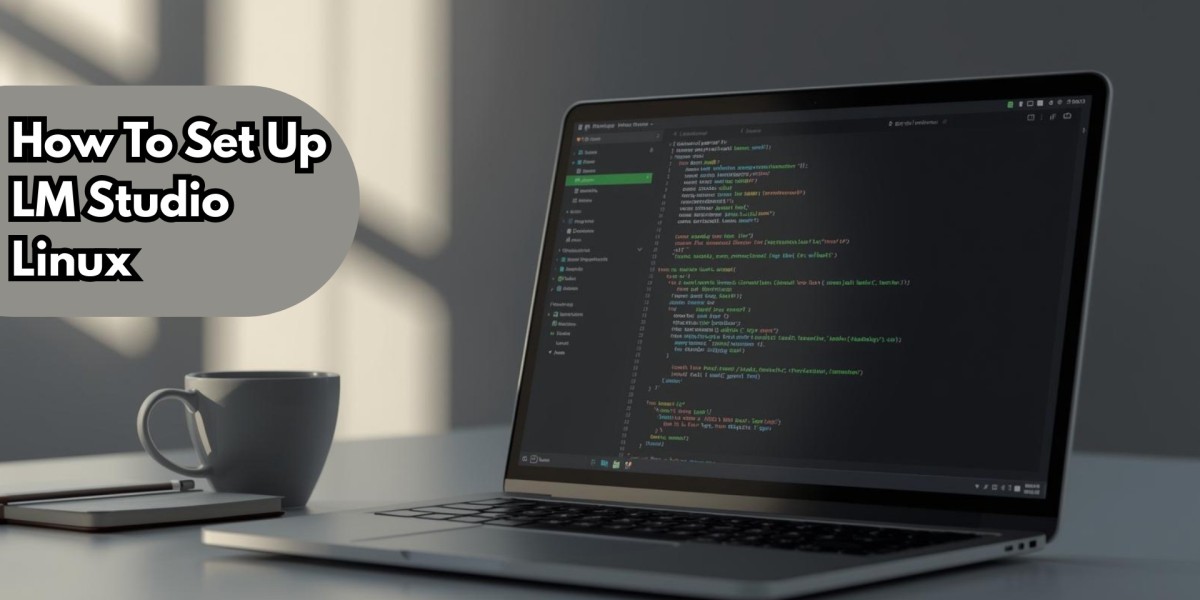Running AI models locally often sounds complex, especially on Linux systems. But what if setting up LM Studio could take just a few simple steps? Instead of battling with dependencies and confusing commands, you can quickly turn your Linux machine into a powerful environment for experimenting with large language models. In this guide, you’ll learn exactly how to install, configure, and run LM Studio Linux without the guesswork.
Why Use LM Studio on Linux?
LM Studio is designed to make large language models easy to use locally. Instead of relying on cloud services, you can:
- Run AI offline, ensuring more privacy.
- Save internet bandwidth and avoid server delays.
- Customize performance settings for your machine.
Linux is especially popular for developers because of its speed and flexibility, making it a perfect fit for LM Studio.
Step 1: Check System Requirements
Before downloading, confirm that your system meets the basics:
- OS: Ubuntu 20.04 LTS or later (Debian, Fedora, or Arch also work).
- Processor: x86_64 with AVX2 support.
- RAM: 8 GB minimum (16 GB+ recommended).
- GPU: Optional, but NVIDIA GPUs with CUDA support speed things up.
Step 2: Download LM Studio for Linux
Head over to the official LM Studio site and grab the Linux package. You’ll usually see two options:
- .deb package (good for Ubuntu/Debian users).
- AppImage file (portable, works across multiple distros).
Save it to your preferred folder for installation.
Step 3: Install LM Studio
The installation depends on the type of file you downloaded.
- For .deb package:
sudo dpkg -i lmstudio-x.x.x.deb
sudo apt-get install -f
- For AppImage:
chmod +x lmstudio-x.x.x.AppImage
./lmstudio-x.x.x.AppImage
Tip: Move the AppImage to /usr/local/bin if you want to launch it from anywhere.
Step 4: First-Time Setup
When LM Studio Linux opens, you’ll be guided through some basics:
- Accept permissions requested by the app.
- Select a model to test either from LM Studio’s library or one you already have.
- Configure performance settings like GPU usage or memory allocation.
Step 5: Run Your First Model
After setup, try a quick test:
- Open LM Studio.
- Load a small model (to avoid heavy resource usage).
- Type a prompt into the console.
You should see immediate AI-generated responses proof that your setup is working.
Troubleshooting Tips
If something doesn’t work right away, here are quick fixes:
- Broken dependencies: Run sudo apt-get install -f.
- Execution denied: Add permission with chmod +x.
- Slow processing: Enable GPU acceleration under settings if supported.
Why LM Studio Linux is Worth It
Using LM Studio on Linux offers:
- Faster performance and stability.
- Deeper customization through system tweaks.
- A reliable platform for research and experimentation.
This makes it valuable for developers, students, and hobbyists exploring AI models.
Final Thoughts
With just a few commands, you can set up LM Studio Linux and turn your machine into a personal AI lab. The installation is straightforward, and once complete, you’ll have a stable, private, and efficient way to work with large language models without depending on external servers.
FAQs
Q1: Can I use LM Studio Linux without a GPU?
Yes, though tasks may run slower. A GPU is recommended for larger models.
Q2: Which Linux distributions are best?
Ubuntu and Debian work out of the box, but Fedora and Arch are also supported with minor tweaks.
Q3: Is LM Studio free?
Yes, personal use is free. Some advanced features may become paid later
Q4: Can I add my own models?
Absolutely. LM Studio lets you import and run local models if they’re in supported formats.











